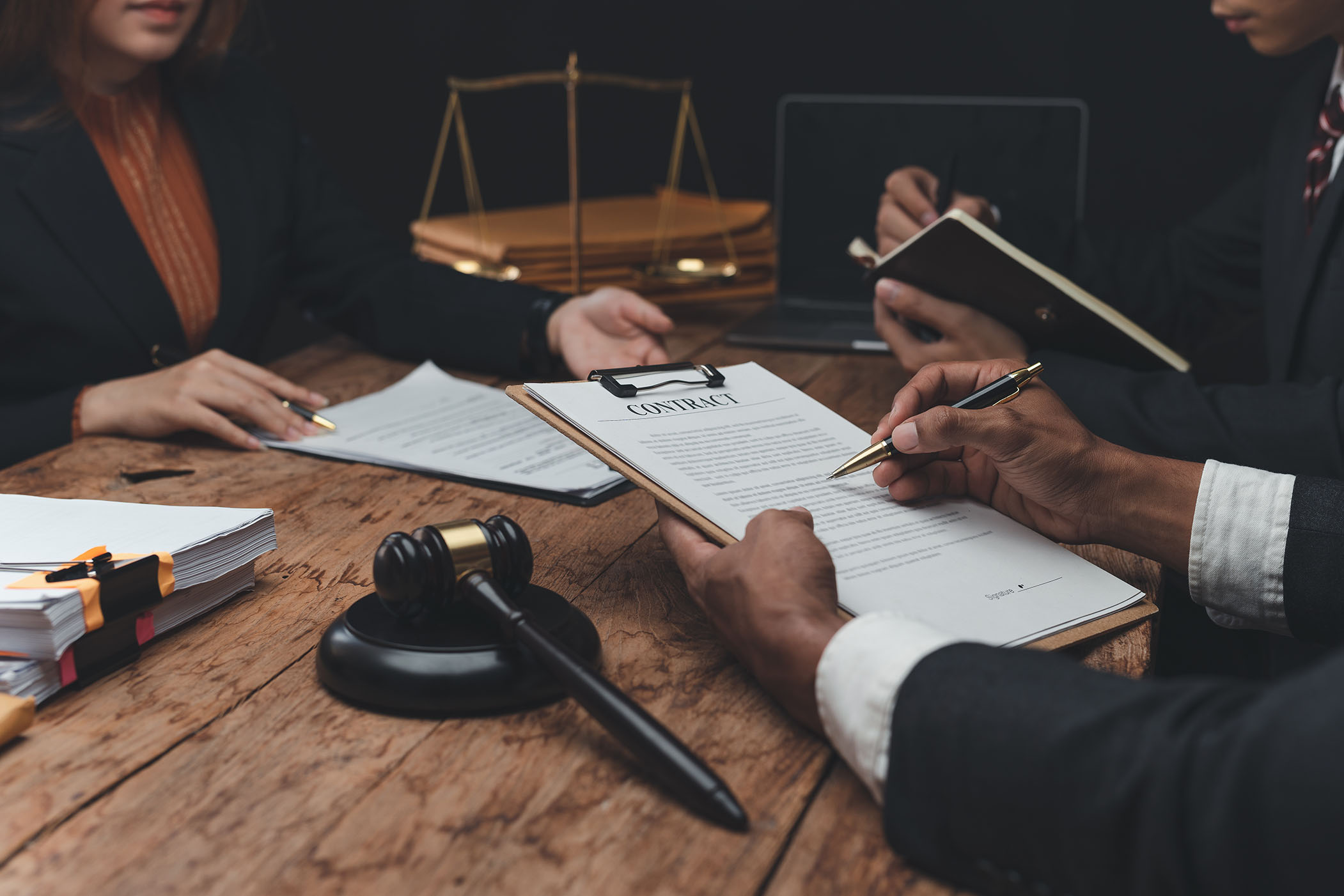
Regulations and Policies for Li-Ion Battery Recycling
Battery recycling regulations are evolving to address Li-ion waste growth, ensuring safe disposal and material recovery. Government policies battery disposal focus on EPR, recovery targets, and transport rules. Li-ion recycling laws vary by region, with EU leading in mandates. This article examines key regulations, their impact, and compliance for sustainability.
EU Battery Regulation Overview
The EU Battery Regulation, effective 2025, sets recycling efficiency targets: 65% by 2025, 70% by 2030. Material recovery: 50% lithium by 2027, 80% by 2031; 95% cobalt/copper/nickel by 2027.
Requires documentation, carbon footprint disclosure, traceability via passports. Producers must collect EoL batteries, with rates rising to 61% by 2028 for portables.
New rules boost recycling, banning exports of unprocessed waste, promoting circular economy.
Applies to all batteries, including EV, with due diligence for supply chains. Encourages innovation in green tech to meet targets.
Impact on Producers
OEMs need strategies for compliance, facing penalties. Mandates 16% recycled content by 2031. Affects design for recyclability.
US Regulations and Incentives
EPA classifies Li-ion as universal/hazardous waste under RCRA, requiring safe handling. DOT regulates transport as Class 9 hazardous, with packaging standards.
State variations: California bans landfill disposal, others have EPR. Federal IRA offers tax credits for recycling facilities.
Laws and best practices include voluntary programs like Call2Recycle.
Federal grants support infrastructure. States like New York require producer funding for collection.
State-Specific Rules
New York mandates producer-funded collection; Florida focuses on education. Minnesota has recycling fees.
Canadian Provincial Policies
No federal mandate; provinces handle EPR. B.C. delays to 2026, Quebec/Ontario voluntary with fees, Yukon launches July 2025.
Industry may stall without national framework, inspired by EU.
Alberta requires producer registration by 2025. Manitoba emphasizes consumer drop-off sites.
Programs aim for 90% collection by 2030 in some provinces.
Provincial Programs
Alberta/Ontario effective 2025, emphasizing producer responsibility. Saskatchewan focuses on rural access.
Transport and International Standards
UN classifies Li-ion as UN3480/3481, with 30% SoC limit from 2026. Sodium-ion new IDs in 2025.
Regulatory changes impact recycling logistics, requiring compliant packaging.
IATA rules for air transport limit quantities. IMDG for sea requires special containers.
Harmonized System codes facilitate customs for recycled materials.
Global Harmonization
IATA/DOT align for air/ground transport, ensuring safety. Basel Convention regulates transboundary waste.
Compliance and Best Practices
Producers join programs like Call2Recycle for collection. Use certified recyclers, track via passports.
Guide recommends safe storage, transport labeling.
Audit supply chains for ethical sourcing. Train staff on handling procedures.
Implement digital tracking for reporting. Partner with recyclers for EPR fulfillment.
Risk Mitigation
Train staff, audit facilities to avoid fines. Insurance for transport risks.
Challenges and Future Developments
Fragmented laws hinder scale; calls for uniform frameworks. 2025 brings stricter targets, driving innovation.
OEMs need strategies for carbon disclosure, recovery.
Harmonization efforts underway globally. Emerging policies focus on sodium-ion batteries.
Digital tools like blockchain for traceability expected.
Policy Evolution
Expected global alignment, with incentives for green tech. Asia adopting EPR models.
Conclusion
Battery recycling regulations promote sustainability, with government policies battery disposal and li-ion recycling laws ensuring recovery. Compliance fosters circular economy, reducing waste.

.jpg)
.png)
.png)
.svg)